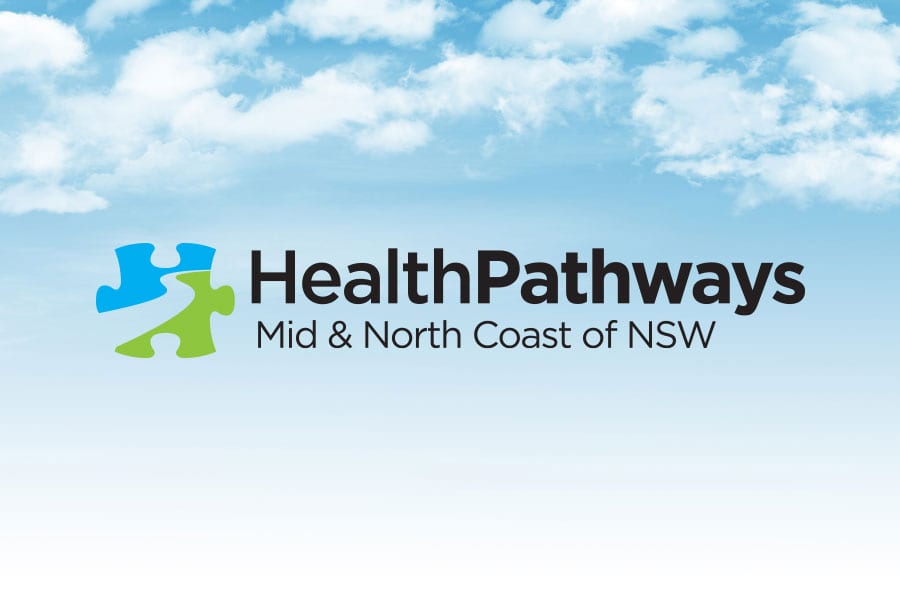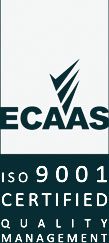Suicide is a prominent public health concern. On average, six men and two women end their own lives in Australia every day, totalling 3,128 suicides every year – the same level as 50 years ago. For every death by suicide, there are around six people experiencing intense grief, which may continue for many years.
The reasons people take their own life are complex. Often there is no single reason why a person attempts or dies by suicide. The Suicide Risk HealthPathway was reviewed in June 2019 and has recently undergone a partial update. The pathway provides clinicians with best practice guidelines on the assessment of a patient at risk of suicide. The referral section contains all the local referral information, ensuring at-risk patients can be quickly referred to the appropriate services in a timely manner.
When you open the pathway, you will notice red flags to look out for:
- In a mental health emergency, crisis support is available through the Mental Health Line 1800-011-511 (24 hours)
- A plan with or without clear preparations, or a recent suicide attempt
- High risk patient who hasn’t been asked directly about suicide
Help to Keep Safe
For ongoing management you will find a suggestion to prepare a Keep Me Safe Plan or a Beyond Now Safety Plan for your patient and this can also be completed with the patient and carer. The individualised care plans provide a space to list the patient’s name, contact details, support people, strategies to help the patient feel better and contains a list of emergency numbers and websites. Once the plan is completed, it is suggested that a copy be kept with the patient and the carer to be available in a time of need.
Helpful Numbers
If you or anyone you know needs help: ·
- Lifeline 13 11 14
- Kids Helpline 1800 551 800
- Beyond Blue 1300 22 46 36
- Headspace 1800 650 890
The ‘Information’ section provides options ‘for health professionals’ and ‘for patients’ and contains useful links to website resources and printable PDFs.
We have developed a comprehensive suite of other mental health and addiction HealthPathways which are supported by 27 local referral, assessment and support pathways.
To view some of these pathways, click on links below or browse the table of contents:
- Mental Health and Addiction
- Anxiety in Adults
- Depression in Adults
- Medications for Moderate or Severe Depression in Adults
- Depression in Older People
- Antidepressants for Older People
- Drug and Alcohol/Addiction Medicine
- Alcohol Brief Intervention
- AUDIT Questionnaire
- Long-term Medications for Alcohol Dependence
- Alcohol Withdrawal and Detoxification
- Benzodiazepine Withdrawal
- Cannabis and Synthetic Cannabinoids
- Long-term Opioid Use and Deprescribing
- Opioid Replacement Pharmacotherapy by Unaccredited Prescriber
- Perinatal Mental Health
- Psychosis
- Mental Health and Addiction Referrals
For a list of all localised pathways see:
Mid and North Coast Localised Pathways
Username: manchealth
Password: conn3ct3d
For further information about HealthPathways email [email protected] or [email protected].



